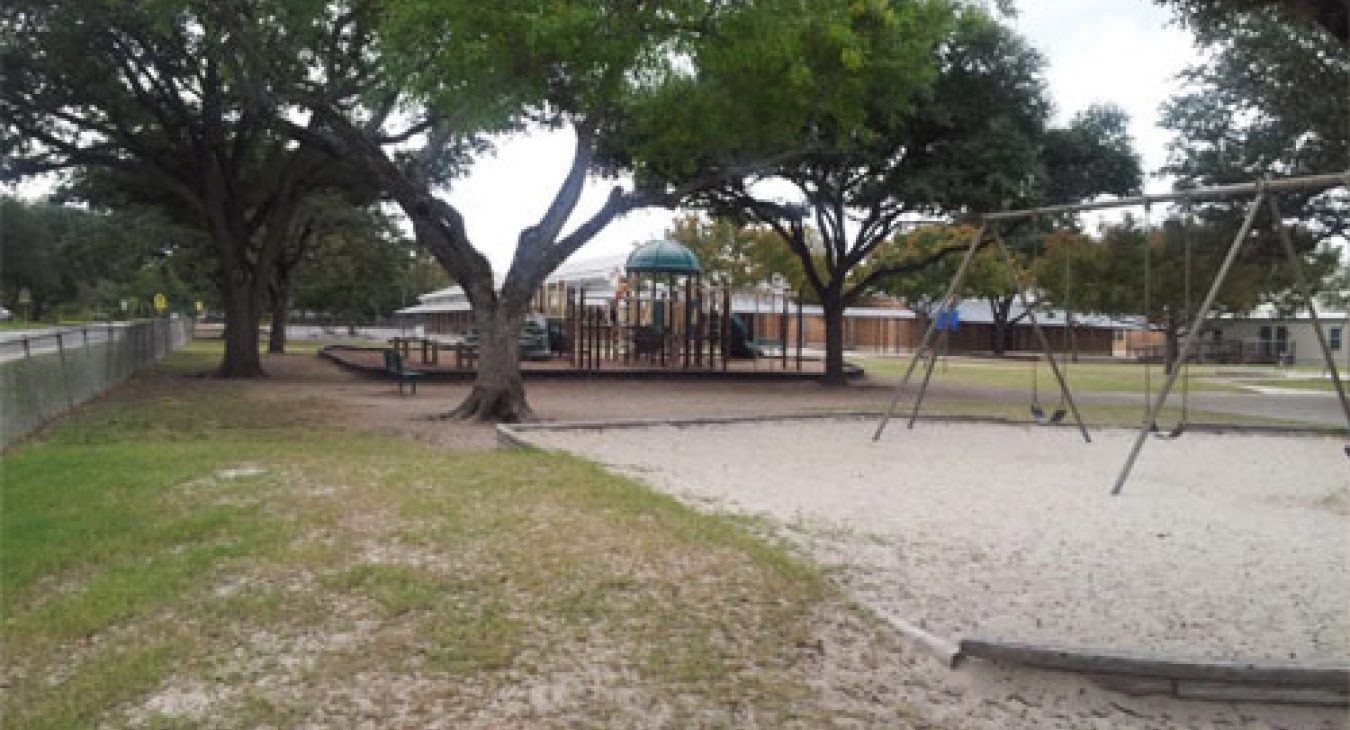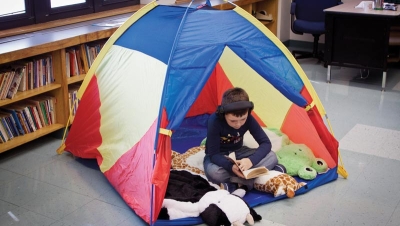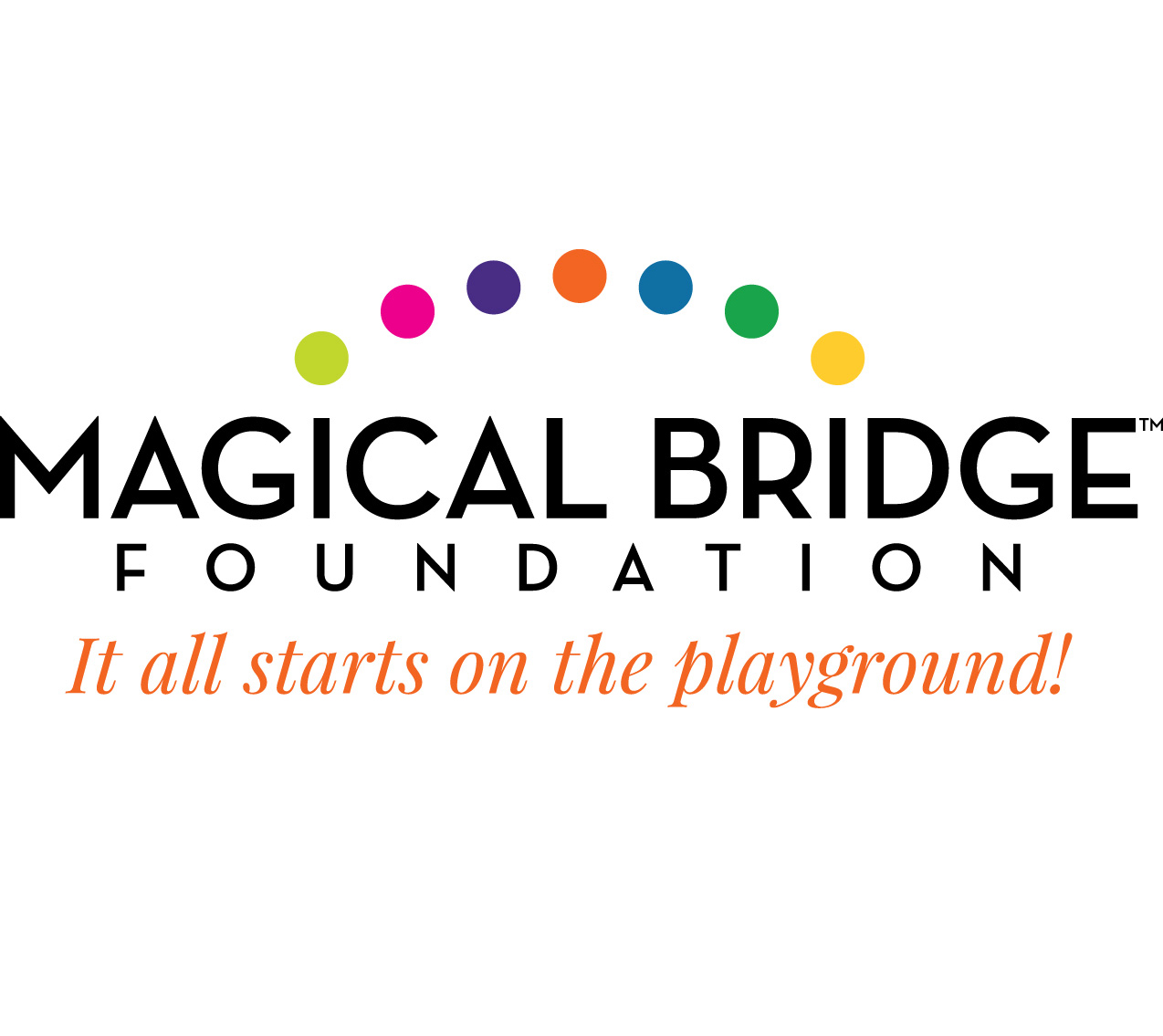Play and social justice: Who gets to play?
A couple of weeks back I attended the annual conference of the National Association for the Education of Young Children (NAEYC) in our nation’s capital, Washington, DC. The conference is one of the largest in the field of education and focuses on the educational needs of children birth to age eight.
The conference itself is just an amazing affair. Picture mostly women wearing comfortable shoes (because no one teaches prekindergarten in high heels), brightly colored t-shirts that say things like “I’m retired, I was tired yesterday and I’m retired today” and “teachers do it with class.” They also like funny hats, learning the newest kid music, and getting free samples of soy butter snacks. Basically, they are some really great people who are taking care of our most precious resource, our children.
This conference is also a great one to talk about play. My own presentation was on play and social justice along with my colleagues Olga Jarrett and Vera Stenhouse from Georgia State University and Darlene DeMarie from the University of South Florida. Play and social justice was clearly a topic of interest as we had more than 50 people in attendance.
Our social justice focus was on where children get to play and which children get to play in schools and playgrounds. A few of the topics we presented were on what type of play space is available to children, what policies are in place that impact who gets to play and the sometimes differential impact that occurs when teachers and administrators determine who gets to play on a child by child basis.
We as a group of presenters who have been working on this topic for many years feel that all children should have relatively similar opportunities to play regardless of their economic status, and they should not be denied opportunities to play because of race, gender, or ability. Under the United Nations Convention on the Rights of the Child is the Article 31 (Leisure, play and culture). This states that “children have the right to relax and play, and to join in a wide range of cultural, artistic and other recreational activities.” We feel that when children are denied opportunities to play, then their rights as children are being violated.
Although we discussed many topics as part of our presentation, I wanted to share two topics that we shared across geographical contexts.
The first was access to quality play environments at public schools. I would hope that all children no matter their race or economic status or ability would have access to quality play environments, but the reality is that is not the case. The difference between what is available at wealthier public schools is often very different from what is available at lower income schools. A case in point, this first photograph is from a school in Texas. The children in this school are mostly low income, mostly African American.
On the other hand, the school playgrounds (shown below) available to a wealthy school district with mostly wealthy children look very different. There are two large playgrounds and more than a dozen swings.
There is a confluence of reasons why these playgrounds look so different. Districts which stretch every penny often have to make decisions that do not allow for large expenditures on playground equipment. Parent Teacher Organizations also can have an impact by raising money for playground equipment. Whatever the reason, we should all expect that all children deserve to have access to a place to play that is safe and challenging. The question that occurs to me is, which playground would you prefer for your child?
The second topic we discussed at the conference is who gets to play. What we have been finding across many contexts is that school policies are limiting recess and access to physical activity. These school policies are disproportionately affecting children from low income backgrounds and more frequently children who are Hispanic or African American. A big culprit is on an increasing emphasis on standardized testing in schools. School districts and school administrators in low income districts are more likely to decrease recess than school districts that are more affluent. Children who are at risk of failure on school tests are more likely to be kept from recess.
Now I want all children to succeed, but I also feel all children need to have the opportunity to play and have recess. I could even argue that having recess is more likely to lead to success on standardized tests, but from a social justice standpoint, just the fact that some children get recess because they are from wealthier backgrounds is just not right and something we should not stand for if we think fairness is important.
Not all was negative, many parent groups and professional organizations have spoken up about making sure children get recess. Other groups like SPARK School Park Program and KaBOOM! are working to make playgrounds more available to more children.
Isn’t that just right?















